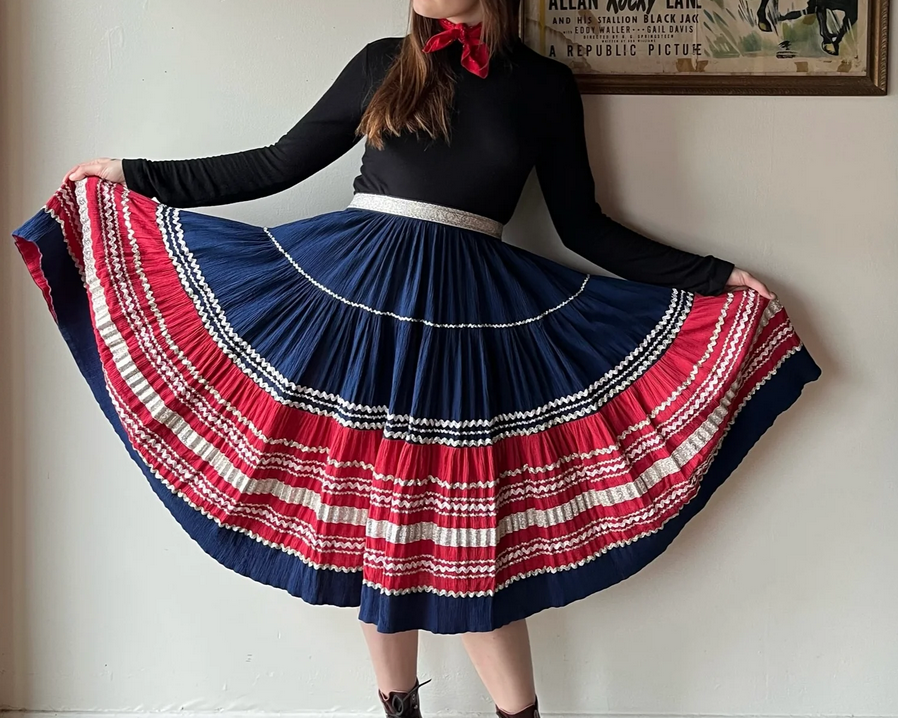The squaw skirt, also known as a tiered or full skirt, is a traditional garment that has been worn by many Indigenous cultures for centuries. It has a long and complex history, and while it remains an important symbol of cultural identity, it has also been misrepresented and appropriated in mainstream media. In this article, we’ll explore the various ways that the squaw skirt has been represented in popular culture, how those representations have influenced public perception of the garment, and what we can learn from them.
The Cultural Significance of the Squaw Skirt
In Indigenous communities, the squaw skirt is a symbol of cultural identity and often features intricate beadwork, embroidery, and other embellishments that reflect the wearer’s unique heritage. It is typically a long, flowing skirt made from a variety of materials, including buckskin, wool, and cotton. The design and construction of the skirt varies widely among different Indigenous cultures, but it is always a deeply meaningful and important garment.
Misrepresentations of the Squaw Skirt in Mainstream Media
Unfortunately, in mainstream media, the squaw skirt has often been portrayed in a stereotypical and problematic manner. In Hollywood Westerns, for example, Indigenous women were often depicted wearing squaw skirts as a sign of their “savage” and “uncivilized” nature. These portrayals perpetuated harmful stereotypes and erased the complexity and diversity of Indigenous cultures.
More recently, the squaw skirt has made a resurgence in fashion and has been featured in various social media trends, including TikTok. However, these trends have also been met with criticism and controversy. Many Indigenous activists have spoken out against the use of the term “squaw,” which is considered a derogatory and offensive term in many Indigenous communities.
The Importance of Cultural Sensitivity and Respect
Despite these issues, the squaw skirt has also been reclaimed and celebrated by Indigenous designers and artists. Many have created modern interpretations of the traditional garment that incorporate contemporary materials and styles, while still honoring the cultural significance of the squaw skirt. By learning about the history and cultural significance of the garment, we can avoid perpetuating harmful stereotypes and instead celebrate the diversity and complexity of Indigenous cultures.
As consumers and creators of media, we have a responsibility to be mindful of the messages we are sending and the impact they may have on marginalized communities. We must acknowledge the power and influence of media in shaping public perceptions of certain garments and cultures. By taking the time to learn about and respect the cultural origins of the squaw skirt, we can help ensure that it is portrayed in a respectful and accurate manner.
The squaw skirt has a complex and varied history in both Indigenous cultures and mainstream media. By examining the various ways it has been represented and interpreted, we can gain a deeper understanding of the cultural significance of the garment and the importance of cultural sensitivity and respect in fashion and media. It is our responsibility to ensure that we are honoring and respecting Indigenous cultures, and that includes the respectful and accurate representation of the squaw skirt in all forms of media.



